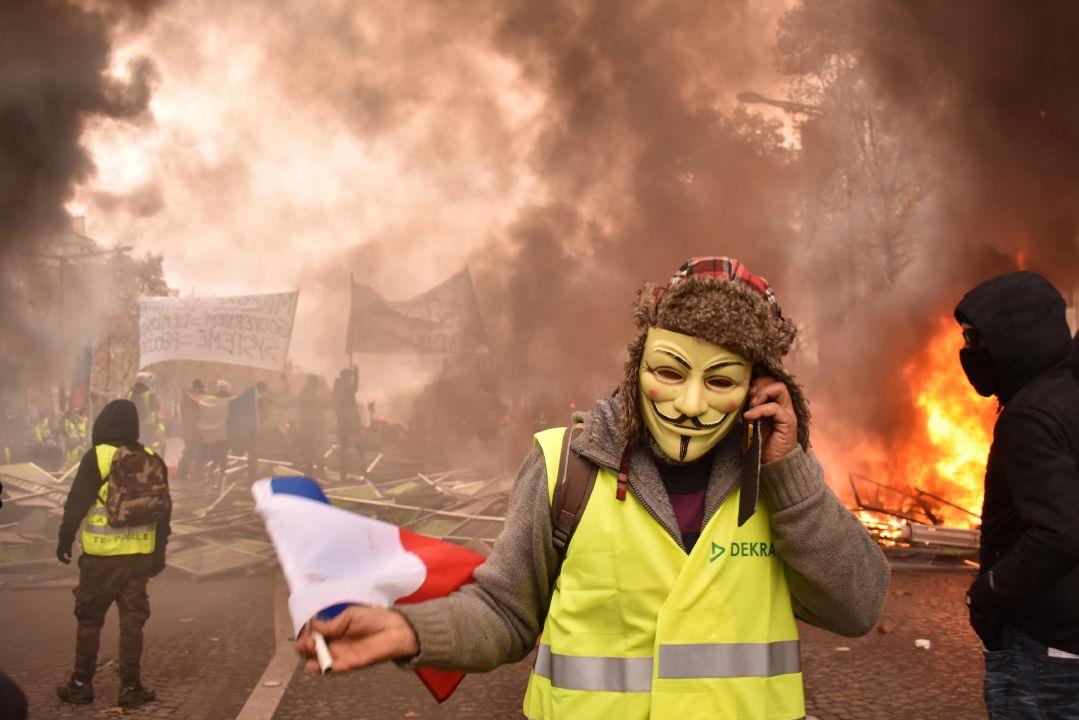 |
| File Photo |
The beginning of France’s internal problems began with the Yellow Vests Protests that advocated for political reform and economic justice. The total number of demands reached 42, among them demands for lower fuel prices, lowering housing prices, having the wealthy pay a higher percentage of taxes, and a minimum wage increase. A further cause of discontentment that saw the first uses of violence was the slashing of speed limits on country roads from 60 miles an hour to 50 miles an hour. The aim of the government was to save 200 lives per year, citing 32% of all fatal accidents were due to high speeds. The rural French decided to take matters into their own hands and vandalize the speed cameras that enforced the new limits.
Inevitably in the year preceding the COVID-19 pandemic, street violence was demonstrated weekly as well as civil disobedience and strike actions in an effort to meet the demands of the movement. The first stage of the movement ended on March 14th 2020 and continued at a dull roar beginning again on September 12th 2020. The unrest regained intensity again when French President Emmanuel Macron’s government raised the age of retirement from 62 to 64 on March 20th 2023. While the ruling does not make the age 64 until 2030, the government will incrementally increase the age to collect benefits every three months. A confusing system that has further agitated a people already embittered by the economic policies of the current government.
This led to more violent protests, strike actions and civil disobedience that rocked the country into the beginning of May 2023 when the violence started to die down. This leads us to the past week, where France has seen the worst violence in decades, with some comparing it to the 1968 uprisings. The police shooting of Nahel sparked the fuse of a powerful explosion of anger and discontent with the French government. The first night alone resulted in 31 people being arrested and 24 police officers wounded. By the fourth night the total arrest count rose to 2,400. This led the French Interior Minister to mobilize 45,000 French Police to quell the riots which had little effect. The ransacking and burning of over 2,500 stores by rioters occurred by the fourth night. As the night progressed, videos surfaced showing rioters looting gun stores, seizing AR style weapons and AK47’s.
Anti-Immigration critics at home and abroad blame the increase in Arab immigrants for the violence over the killings. Leftist critics blame European colonialism for creating conditions that make these immigrants' home countries no longer economically viable. Stating they are just following the money which is at the heart of the colonizing country. Both parties' opinions on the matter are correct when the incident is isolated. However, viewing the recent history of France’s unrest paints a different picture.
The French people have been suffering under poor governance since Macron took office. His policies that are lax on immigration, place a heavy tax burden on average French families, heavy Austerity measures, poor standards of living and government corruption and secrecy have driven the French people to desperate violence. Similar outrage has been seen in America during the COVID years and specifically the summer of 2020 with the killing of George Floyd. The difference between the French and American governments is our government and our business and community leaders work tirelessly to constantly improve our institutions when situations such as the French one arise.
